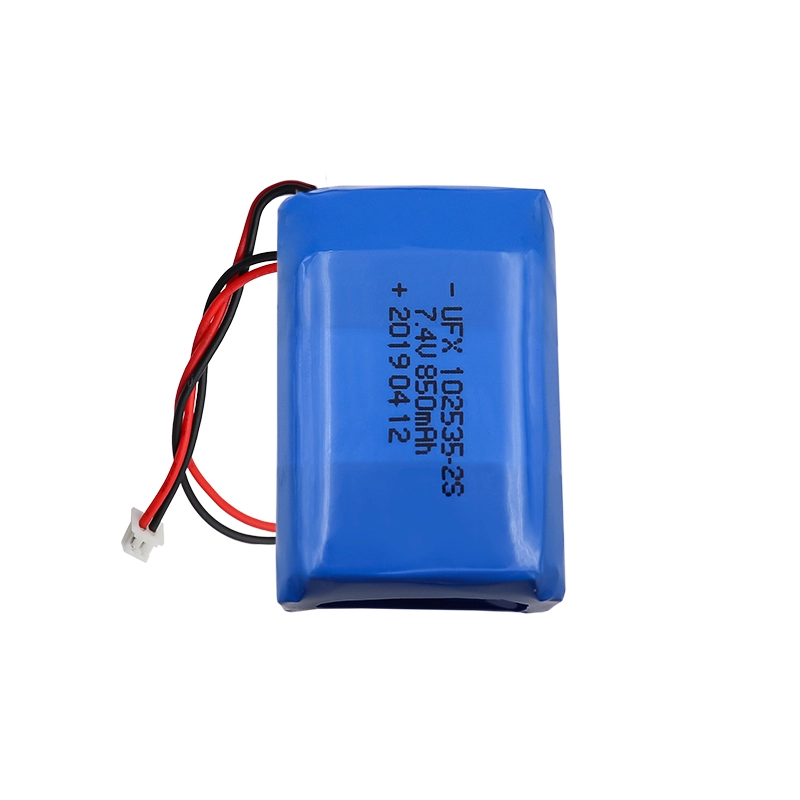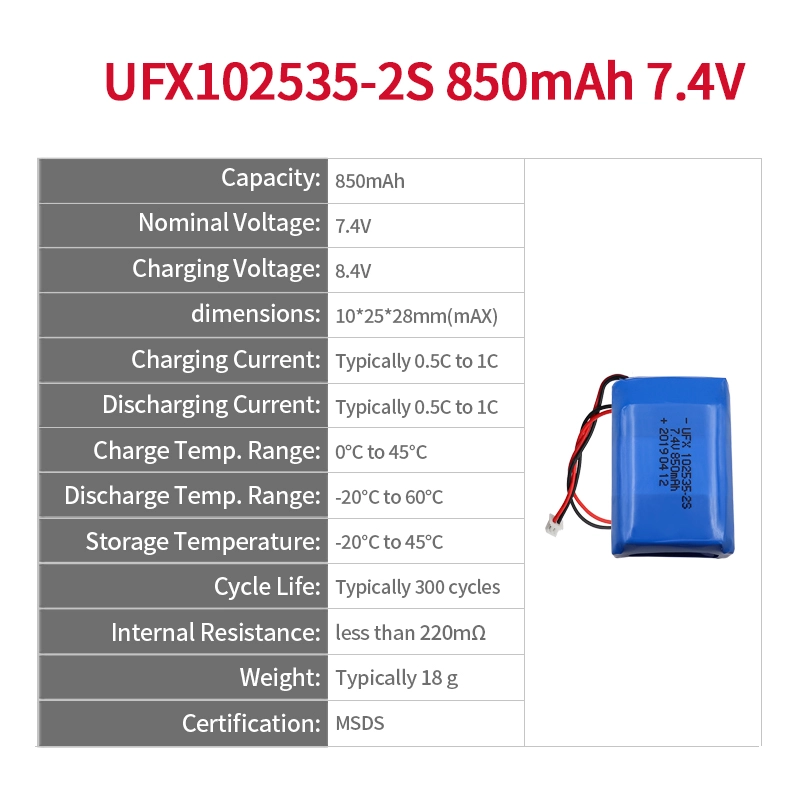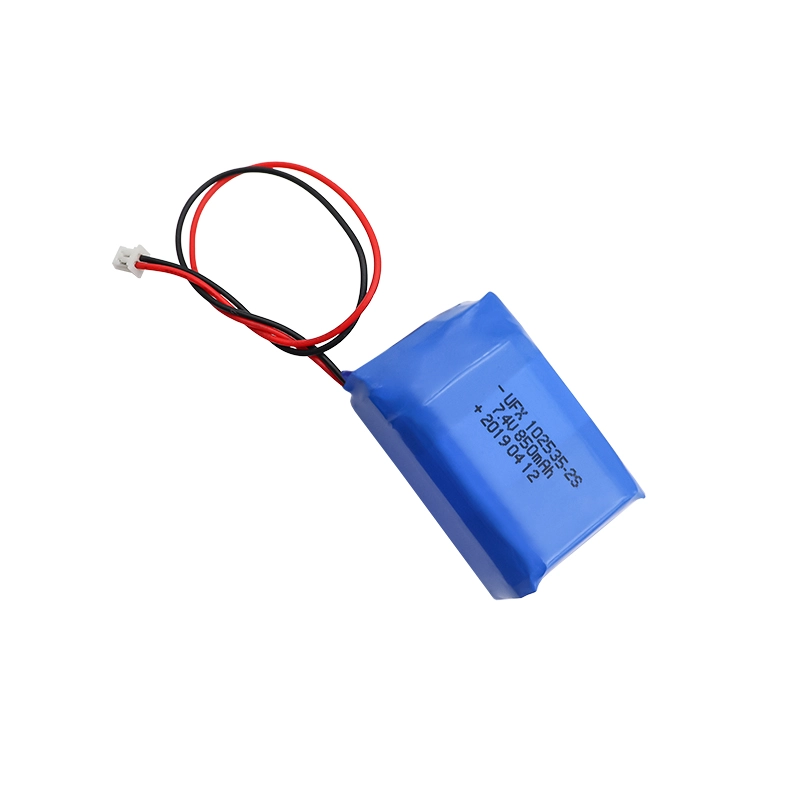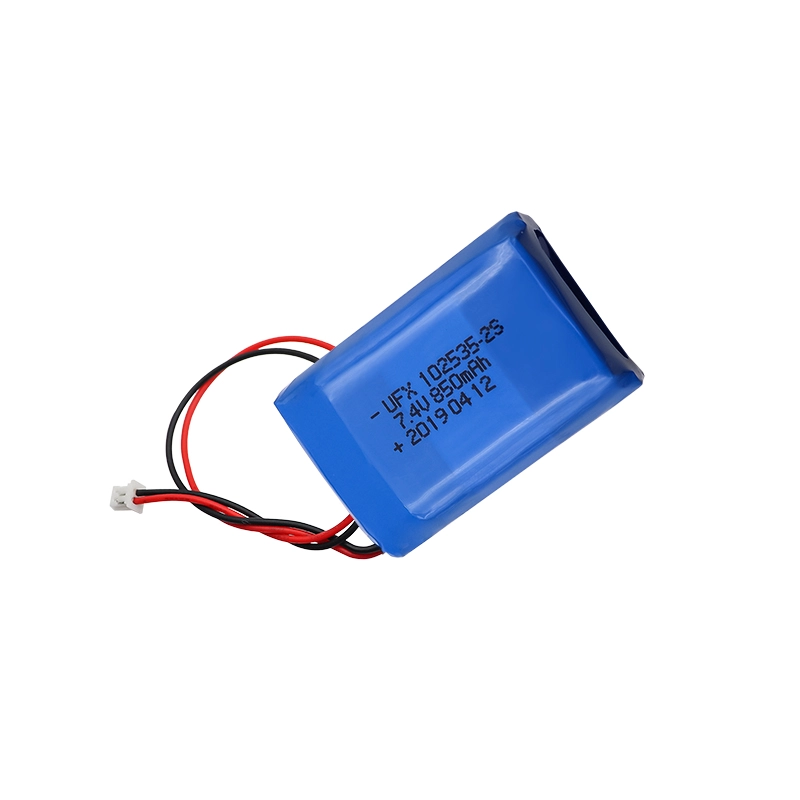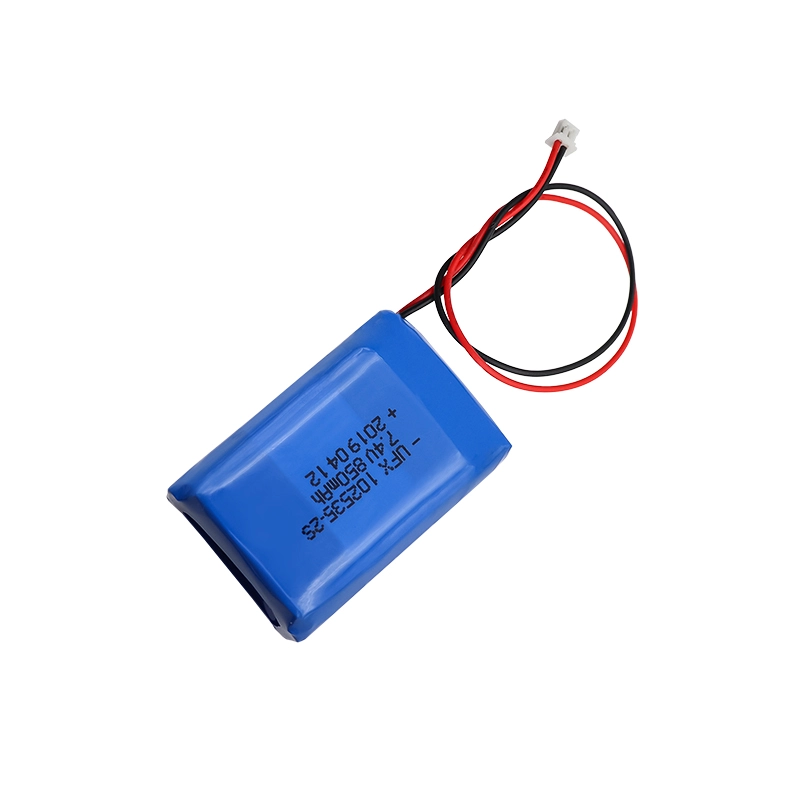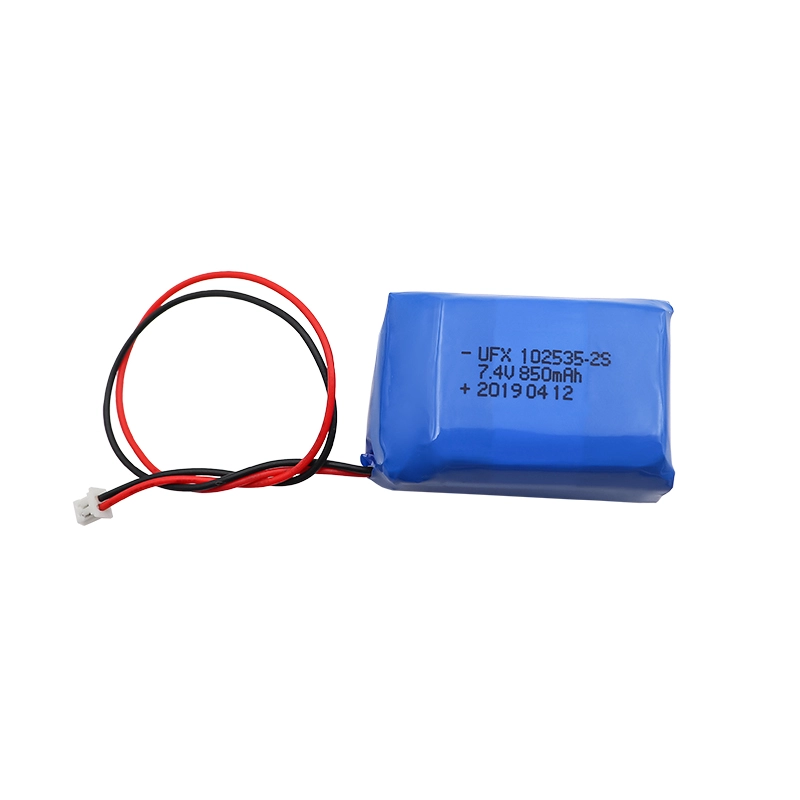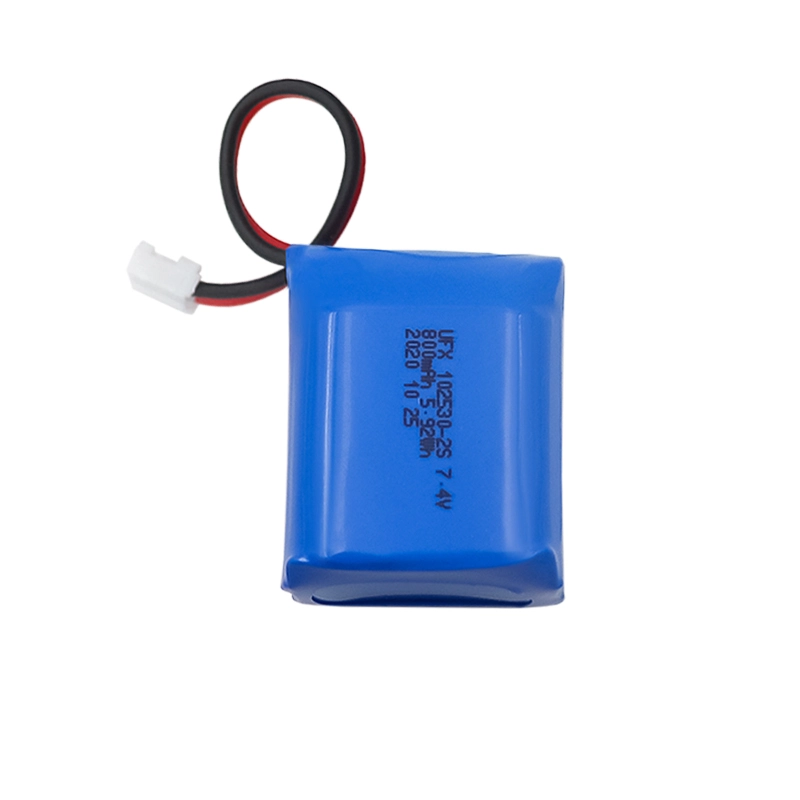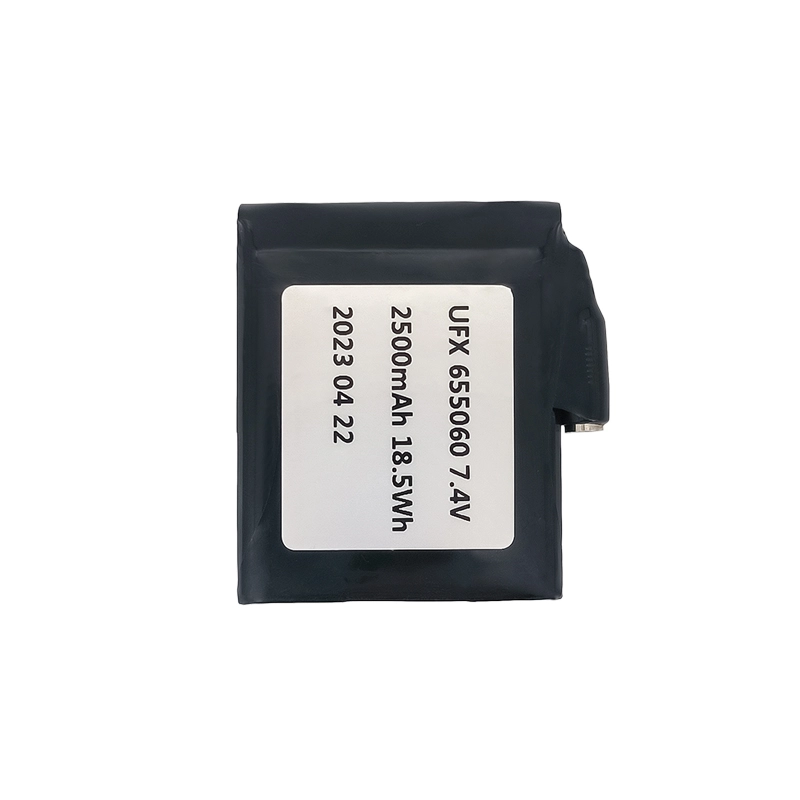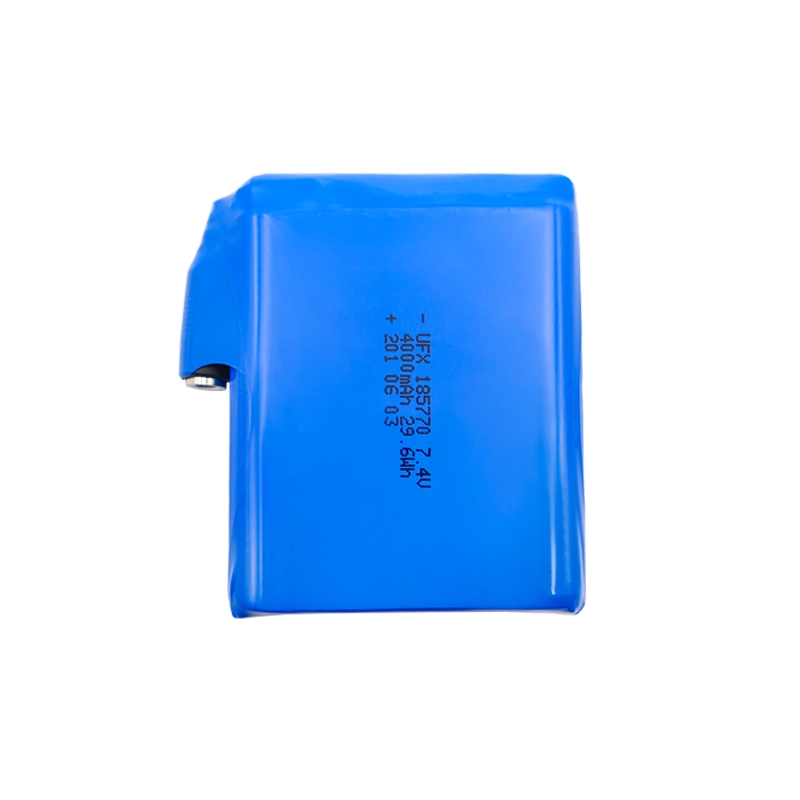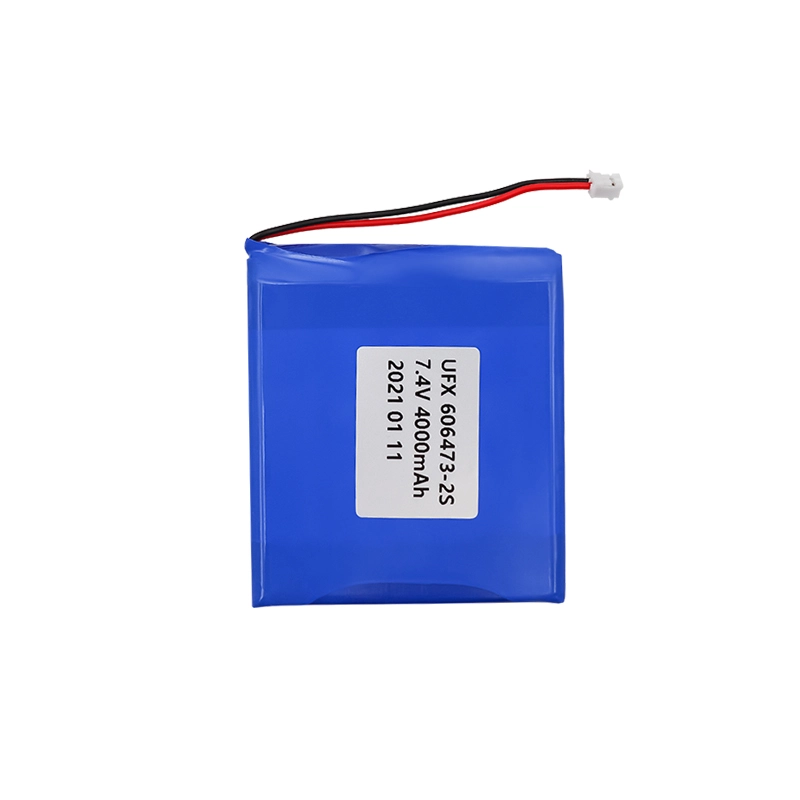-
Product Details
-
Specs
-
Capacity Fast Calculator
-
Application
-
Content
-
FAQs
-
Reviews

Product Details
Discharge Rate
Long Cycle Life
Ultra-Low Self-Discharge
Wide Temperature Range



Self-discharge is higher at 100% state of charge (SOC) compared to 70% SOC.

Ufine's custom low-temperature batteries can be used for -40°C to 55°C operation, catering to diverse outdoor scenarios.
Battery Power Check
Before shipment, each lithium battery undergoes comprehensive testing to verify its voltage, current, and charging and discharging parameters, ensuring compliance with standard operational levels for reliable functionality.


Sustainable Manufacturing
Employing A-grade battery cells, these leak-proof batteries maintain an eco-friendly design, prioritizing environmental sustainability in their production and usage.
Applications
The battery is designed for use in various applications, including but not limited to drones, RC vehicles, portable lighting, and medical equipment, showcasing its versatility.
Battery Specification
-
1. Mechanical Characteristics
Cell 102535-2S PCM Yes NTC No Weight appr. 18g Configuration 2S1P -
2. Electrical Specification
Capacity 850mAh Nominal Voltage 7.4V Energy 6.29Wh Internal Resistance less than 220mΩ Max. Charge Voltage 8.4V Discharge Cut Off 5.5V Max. Charge Current 850mA Max. Discharge Current 850mA Standard Charge Current 425mA Standard Discharge Current 425mA Charging Temperature 0℃ to 45℃ Discharging Temperature -20℃ to 60℃ Storage Temp.Range 1 year at -20℃ to +30℃ 3 mos. at -20℃ to +45℃ 1 mo. at -20℃ to +60℃ Cycle life 100 cycles ≥92% 300 cycles ≥88% 500 cycles ≥80% -
3. Cell protection
Overcharge Detection 4.28V ±25mV (700 to 1300msec delay, release 4.2V ±50mV) Overdischarge Detection 2.4V ±100mV (40 to 120msec. delay, release 3.0V ±100mV) Overcurrent Detection 3A to 6A (5 to 15msec. delay) Short protection Yes
Lipo Battery Cell Capacity Fast Calculator
Please enter your battery information to calculate the battery capacity and energy.
The capacity calculated by this tool is only an approximate value. If you need an accurate assessment, please contact our professional engineers.
7.4 V 850mAh 2S LiPO Battery Application
1. Portable Medical Devices
The 7.4V 850mAh Li-ion battery pack is ideal for devices like portable blood pressure monitors and handheld diagnostic tools. Its compact size ensures it can fit into small devices, while its stable output supports accurate readings, even during prolonged usage. This makes it a reliable choice for medical professionals needing dependable power sources.
2. Action Cameras
For action cameras used in outdoor and extreme conditions, a compact and durable power source is essential. The 850mAh battery provides enough capacity to power devices for several hours, ensuring users can capture moments uninterrupted. Its lightweight design also keeps the camera setup portable and easy to handle.
3. Hobby Drones
In small drones and quadcopters, weight and energy density are critical. The 7.4V 850mAh battery strikes the perfect balance by providing enough power for extended flight times without adding unnecessary weight. This makes it a popular choice for hobbyists and drone enthusiasts who want improved performance.
4. IoT Devices and Smart Sensors
Smart devices like environmental sensors, GPS trackers, and IoT-enabled gadgets rely on batteries that are compact yet long-lasting. The 7.4V 850mAh Li-ion battery fits seamlessly into such devices, delivering consistent power to keep them operational for extended periods, even in remote locations.
5. Small Robots and Actuators
In robotics, particularly small-scale applications like educational robots or automated actuators, the 102535-2S battery pack provides the perfect voltage and capacity for smooth operation. Its ability to handle steady discharge makes it suitable for controlling motors and processors in lightweight robots.
7.850mAh Li-ion Battery: Ideal for Your Needs
Part 1. Where can I check the capacity of the lithium battery?
The capacity of a lithium-ion battery, including the 7.4V 850mAh battery, is typically displayed on the battery label or specifications sheet. It is measured in milliampere-hours (mAh) and indicates the total energy the battery can store. Manufacturers, such as Ufine Battery, clearly mark this information on the product. For accurate verification, you can also use a digital multimeter or a battery capacity tester. This ensures you’re using a battery that matches your device’s requirements.
Part 2. What is 850mah battery life?
The 850mAh battery life depends on the device's power consumption. If a device draws 850mA, the battery will last approximately 1 hour. For devices requiring 425mA, the battery can power it for 2 hours. Factors like temperature, discharge rate, and battery age can influence its runtime.
For instance:
1. LED lights consuming 500mA might last about 1.7 hours.
2. Small drones drawing 850mA may run for around 1 hour.
3. Devices requiring less power, like sensors, can operate for extended periods.
Part 3. How long does it take to charge a 7.4v 850mAh battery?
To calculate charging time, use the formula:
Charging Time (hrs) = Battery Capacity (mAh) ÷ Charger Output Current (mA) × Efficiency Factor (1.2).
For example:
Using a charger with a 500mA output, the charging time is approximately:
850 ÷ 500 × 1.2 ≈ 2 hours.
Fast chargers may reduce this time, but it’s crucial to use a charger compatible with the 7.4V li-ion battery to avoid overcharging or overheating.
Part 4. Charger
The 7.4V 850mAh Li-ion battery typically requires a constant current/constant voltage (CC/CV) charger designed for lithium-ion batteries. A compatible charger should have:
1. 7.4V output voltage
2. Appropriate current output, such as 500mA or 1A, depending on your charging needs.
Ufine Battery provides custom charging solutions tailored to your battery requirements, ensuring safe and efficient charging.
Part 5. How to charge a 850mAh battery?
1. Choose the right charger:Use a lithium-ion charger with 7.4V output.
2. Connect the battery properly:Ensure the positive and negative terminals align with the charger.
3. Avoid overcharging: Modern chargers have built-in cutoff mechanisms to prevent overcharging.
4. Monitor charging: Place the battery in a cool, ventilated area during charging.
Ufine Battery ensures that their 850mAh battery packs are compatible with various chargers for user convenience.
Part 6. Plug
The 7.4V 850mAh battery pack supports various plug types, including:
1. JST connectors – Common in small electronics.
2. XT60/XT90 plugs – Ideal for drones and RC models.
3. DC barrel connectors – Used in IoT devices.
4. Customized plugs – Based on device specifications.
Ufine Battery offers customization for plug types, allowing you to select the most compatible option for your device. This ensures seamless integration with your application.
Part 7. Maintenance and care tips
To extend the life of your 7.4V 850mAh Li-ion battery, follow these tips:
1. Avoid deep discharges: Recharging when the voltage drops to around 3.0V per cell prevents damage.
2. Store properly: Keep in a cool, dry place at 40–60% charge when not in use.
3. Use the right charger: Only use chargers designed for lithium-ion batteries.
4. Protect from extreme temperatures: Avoid exposure to temperatures below 0°C or above 45°C.
5. Inspect regularly: Check for swelling, leaks, or damage. Replace if needed.
Ufine Battery ensures their lithium-ion batteries are built for durability, but proper care enhances performance and longevity.
By choosing the Ufine Battery 7.4V 850mAh lithium-ion battery, you’re investing in quality and reliability for various applications, backed by a trusted manufacturer in custom lithium battery solutions.
FAQs
-
Is it safe to leave the 7.4V battery on the charger overnight?
While modern chargers have overcharge protection, it’s not recommended to leave batteries charging unattended overnight to prevent potential risks. -
What are the advantages of choosing a 7.4V li-ion battery over other chemistries?
Lithium-ion batteries offer higher energy density, lighter weight, low self-discharge, and consistent performance compared to other chemistries like NiMH or lead-acid. -
Can this battery pack be connected in series or parallel to increase capacity or voltage?
Battery management systems within the packs monitor individual cell parameters, ensuring balanced charging and discharging to maximize performance and lifespan. -
How long does it take to fully charge a lithium battery?
Yes, the 7.4V 850mAh battery can be connected in series to increase voltage or in parallel to increase capacity. However, ensure proper balancing and matching of cells. -
What charger specifications are ideal for the 7.4V 850mAh battery pack?
A charger with a constant voltage of 8.4V and a current output of 500mA to 850mA is recommended for optimal charging. Avoid using chargers with incompatible voltage or current. -
How should I dispose of the 7.4V lithium-ion battery after its lifespan ends?
Lithium-ion batteries should be recycled at designated e-waste or battery recycling facilities. Do not dispose of them in regular trash to prevent environmental harm.
Reviews
High Energy Density
It stores large amounts of energy in a smaller and lighter package
Longer Cycle Life
Withstands extensive charge and discharge cycles
Low Self-Discharge
Maintains power longer when not in use
Safety
Minimizes the risk of accidents and ensures safe operation
Related Articles
About Lithium Battery Industry News

Paper Battery vs. Flexible Battery: What's the Difference and Which Is Better?
Paper vs. flexible batteries: learn the key differences, benefits, and which power source fits best for wearables, sensors, and smart tech.
2025-4-11 Ufine
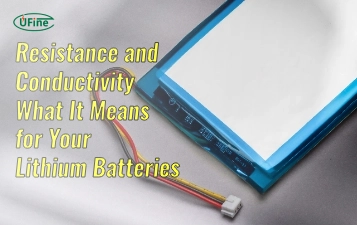
What to Know Before Buying a Tiny LiPo Battery for Your Project
Tiny LiPo batteries are powerful and compact. Learn how to choose the right one for your project with specs, safety, and charging tips.
2025-4-11 Ufine
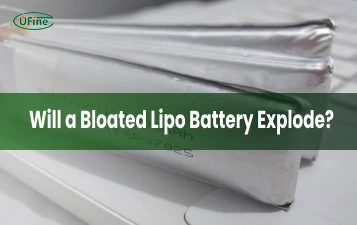
Bloated LiPo Battery: Will It Explode?
Will a bloated LiPo battery explode? Discover the causes, risks, safety steps, and expert tips to avoid disaster and protect your gear. Must-read safety guide!
2025-4-10 Ufine
